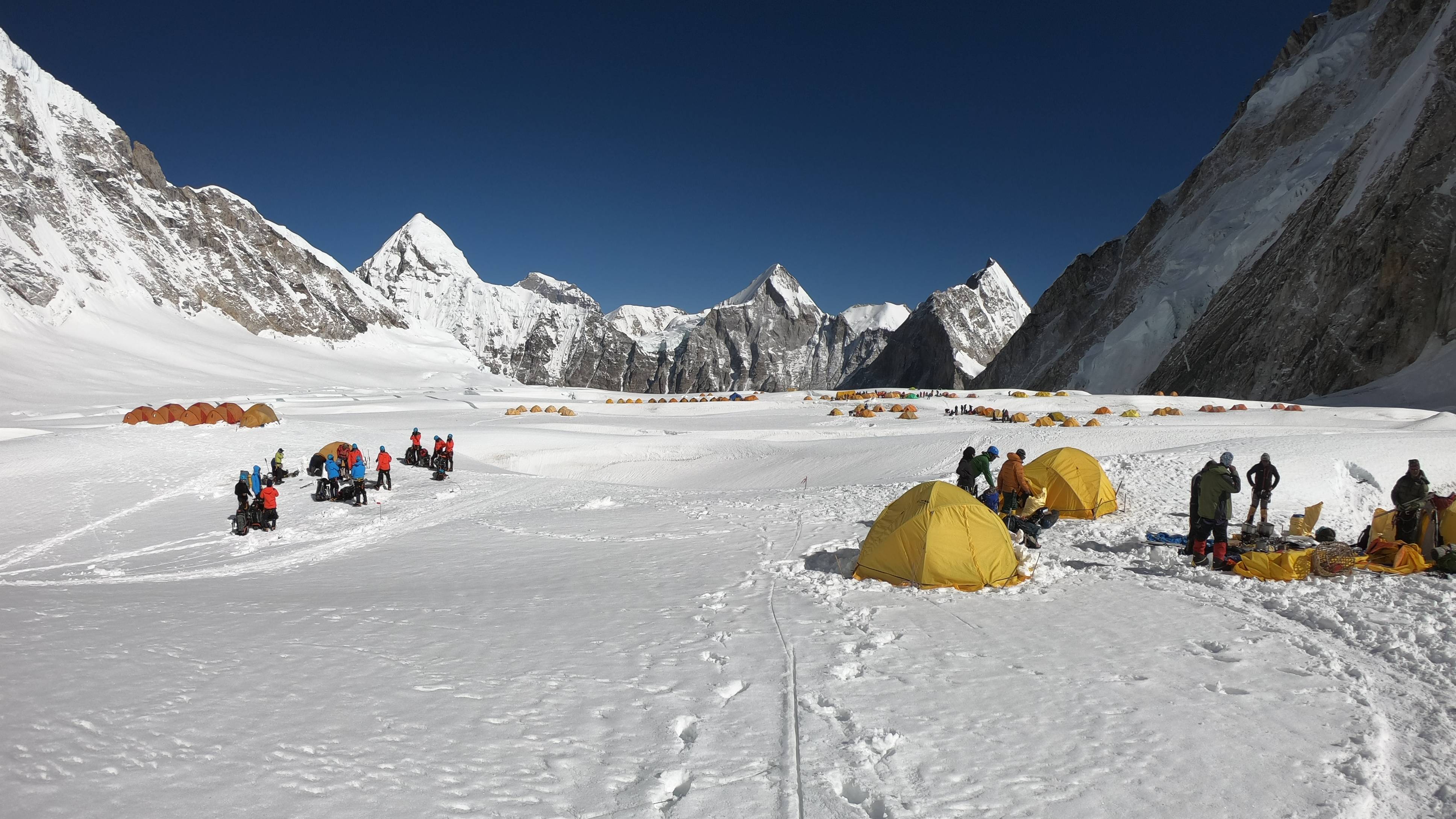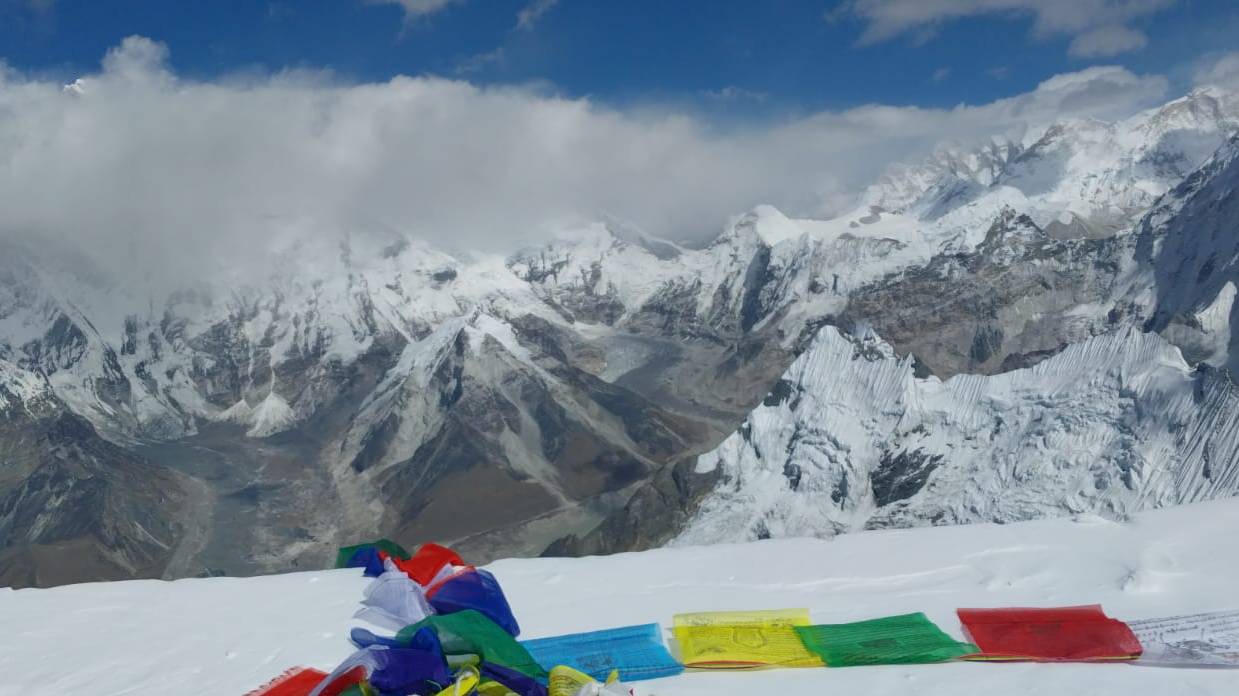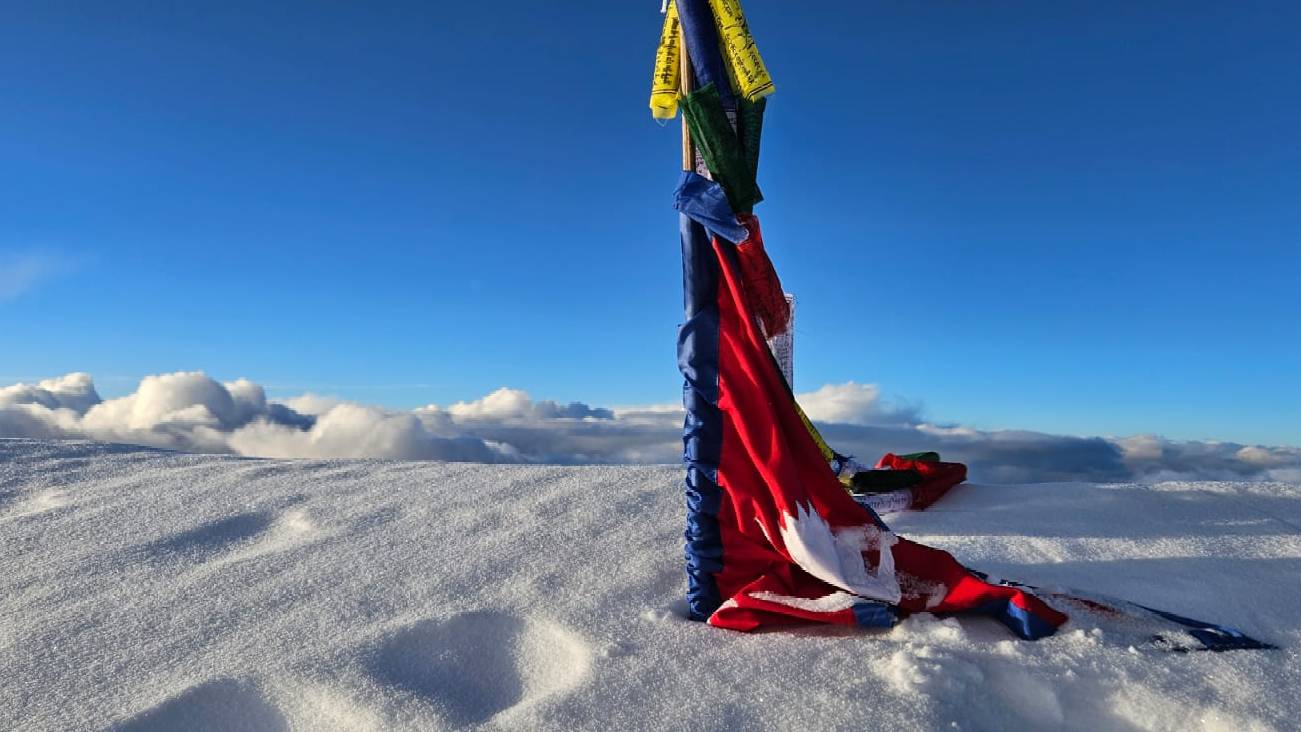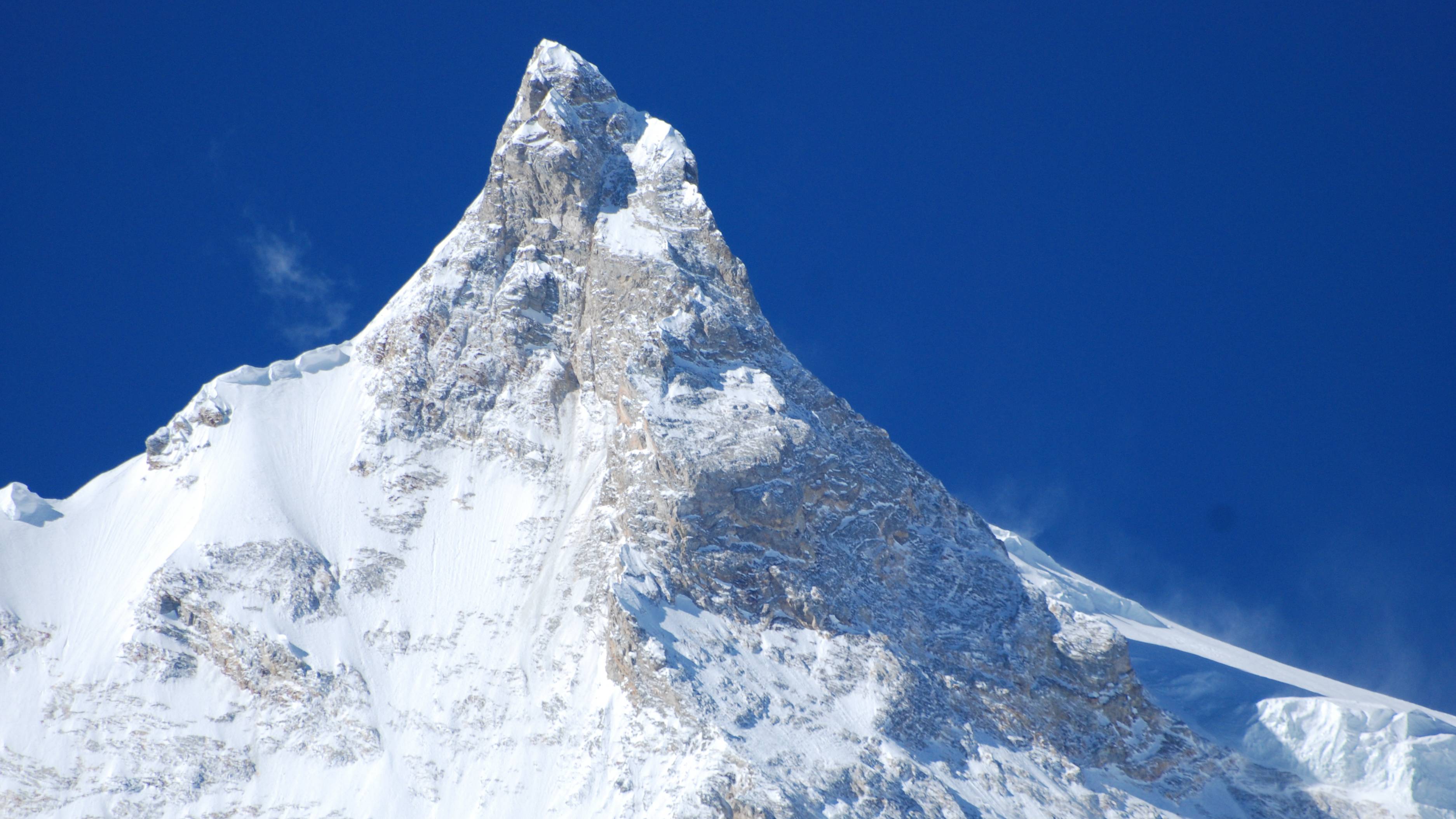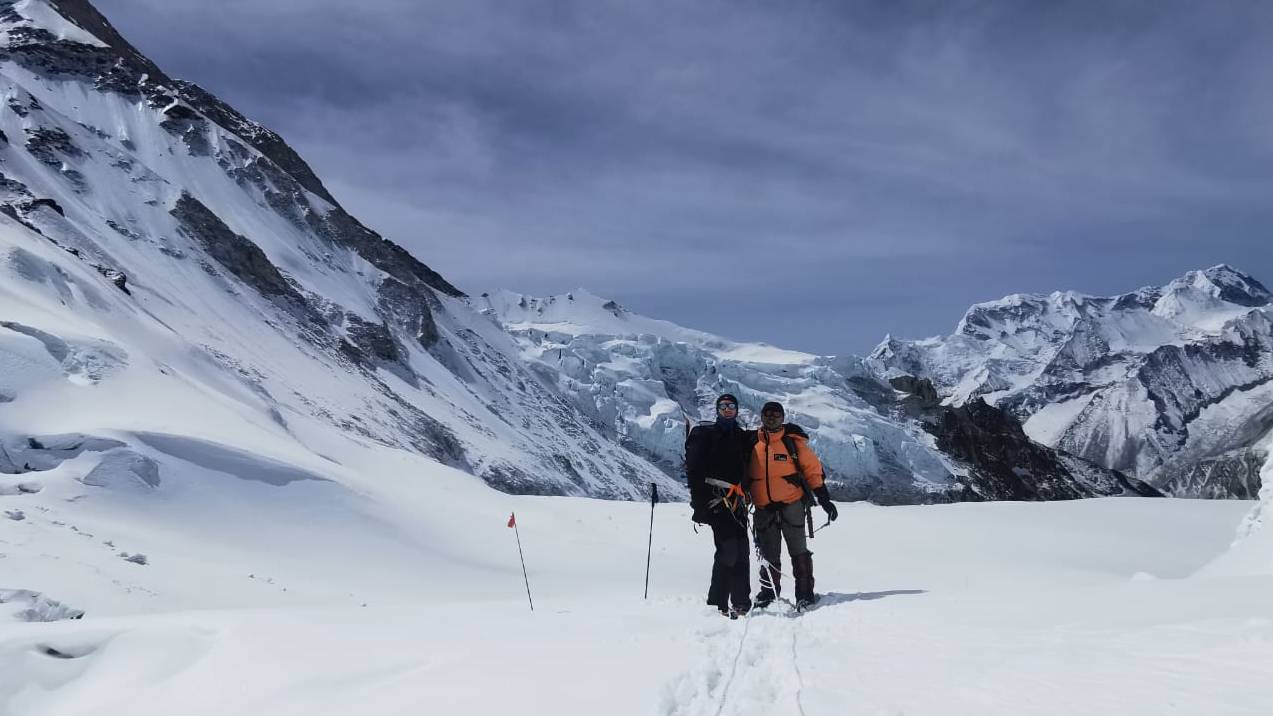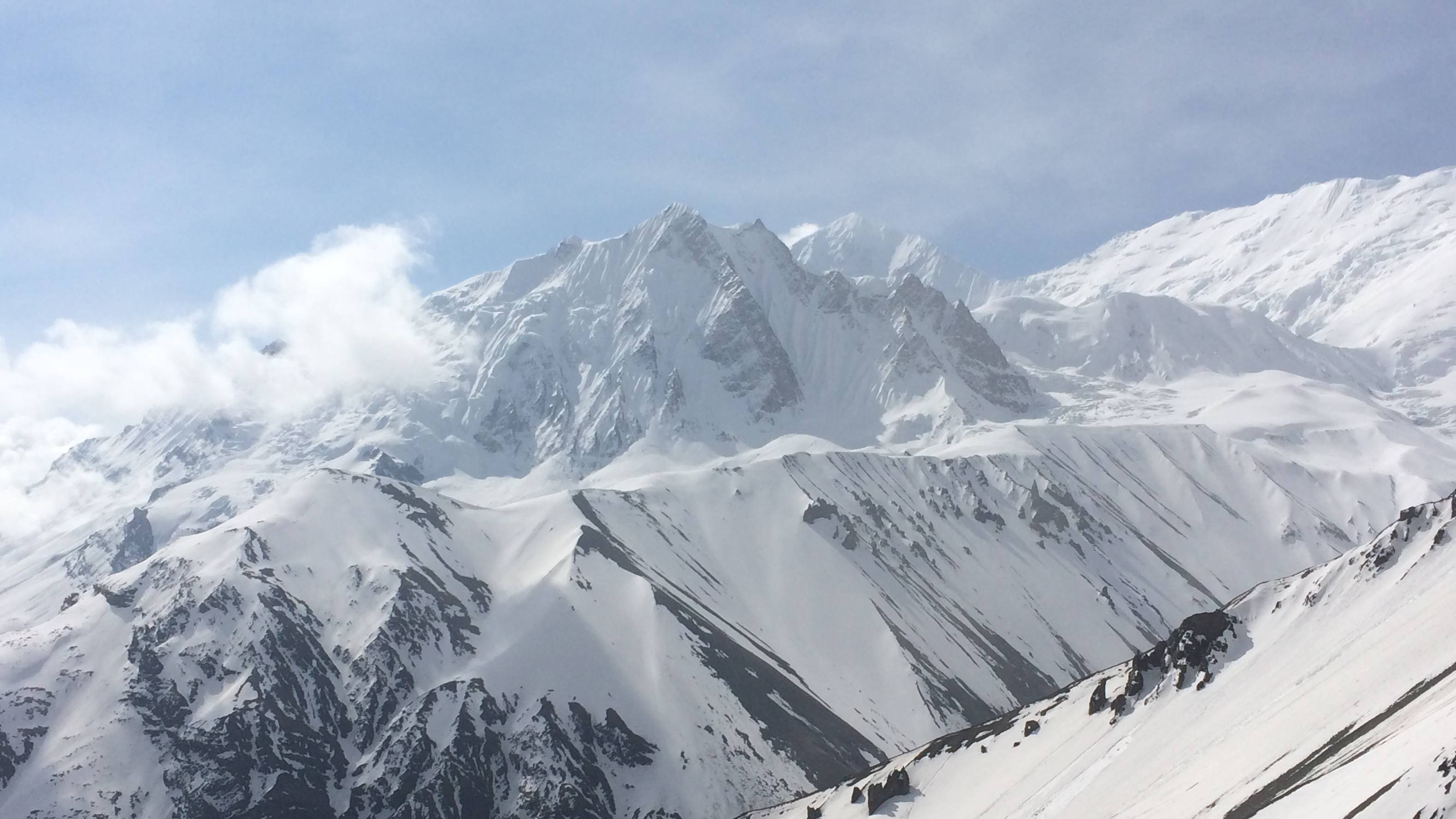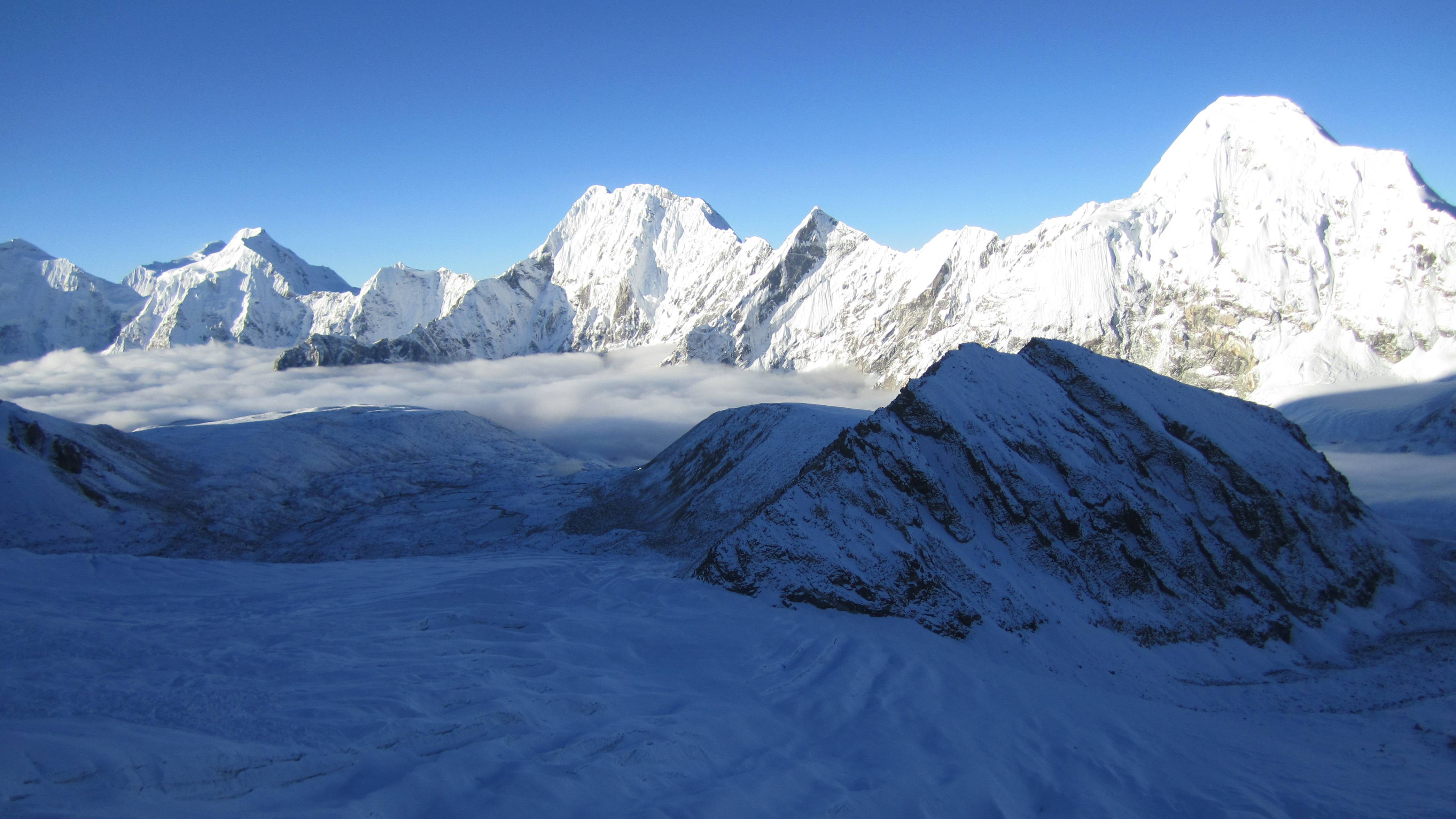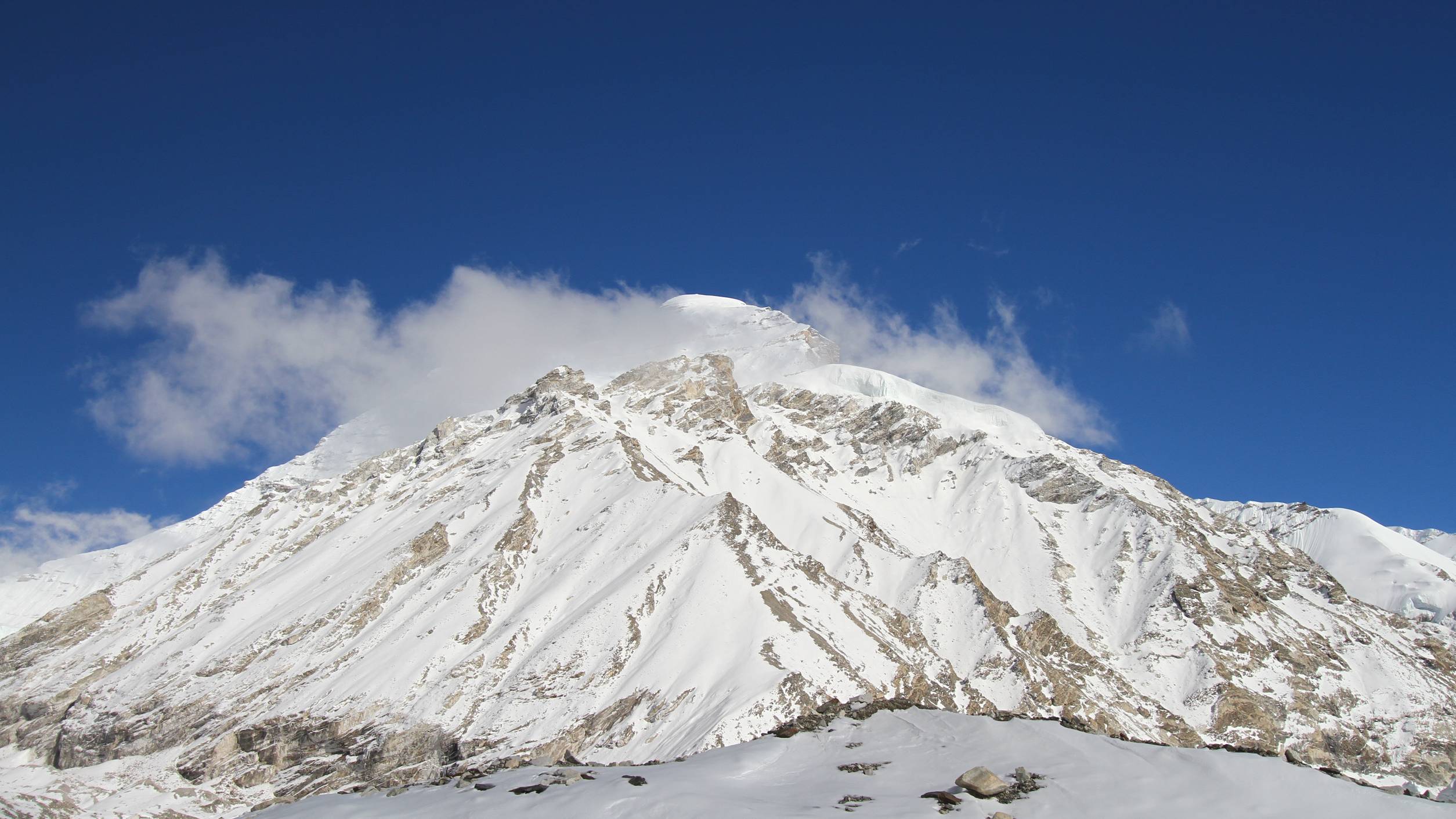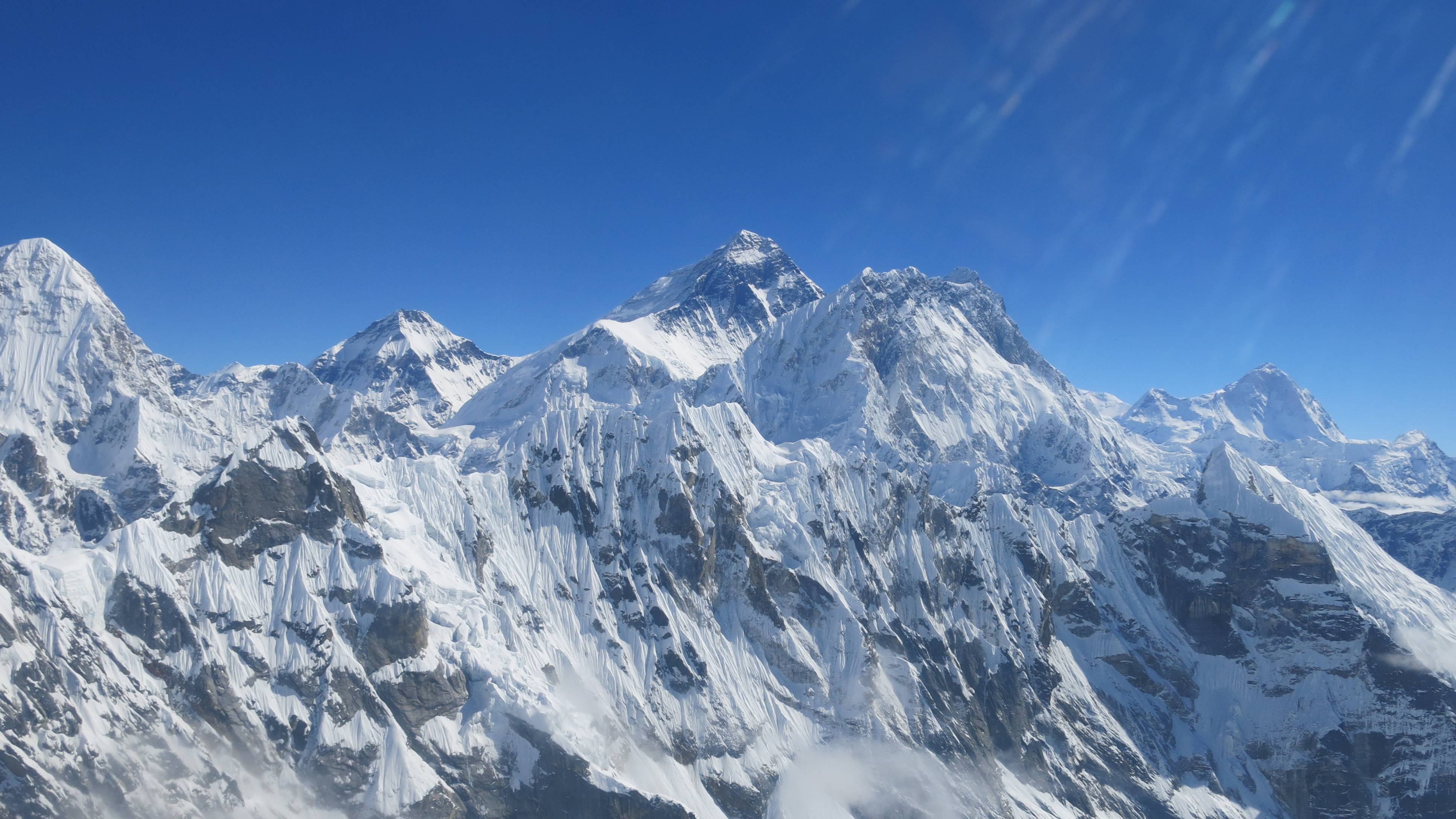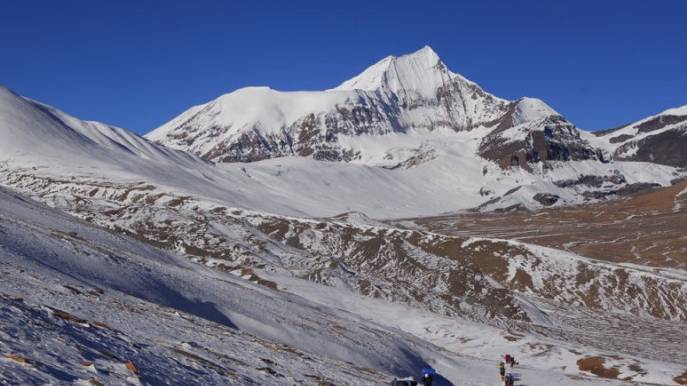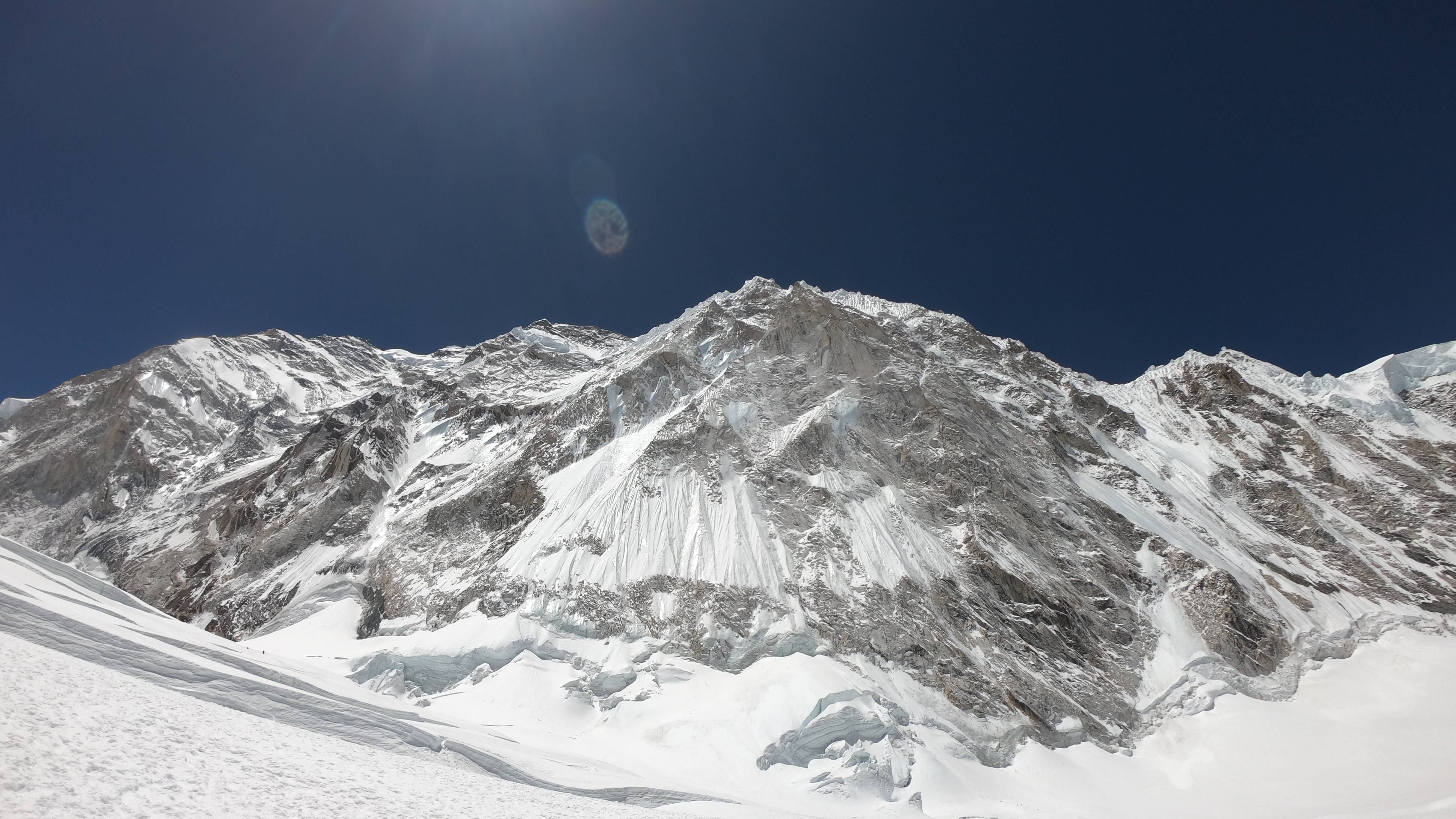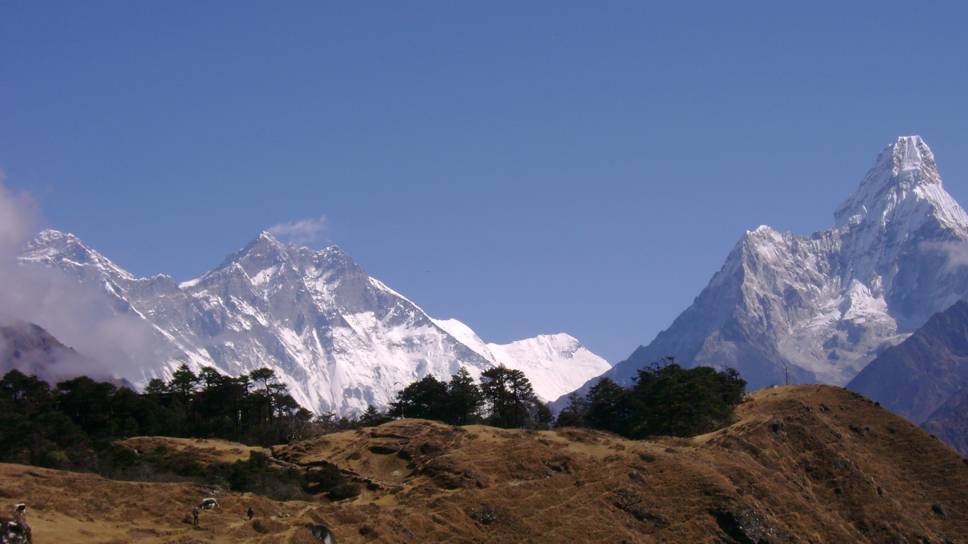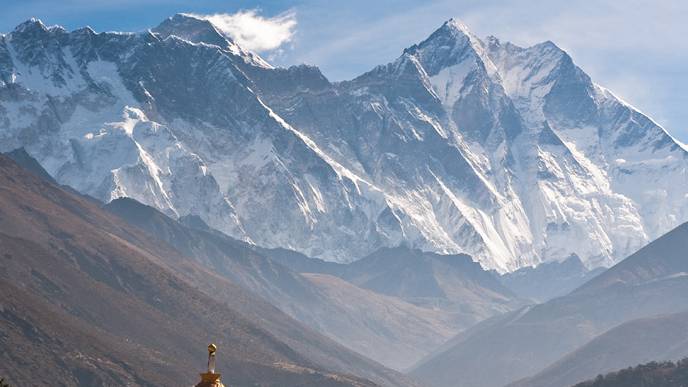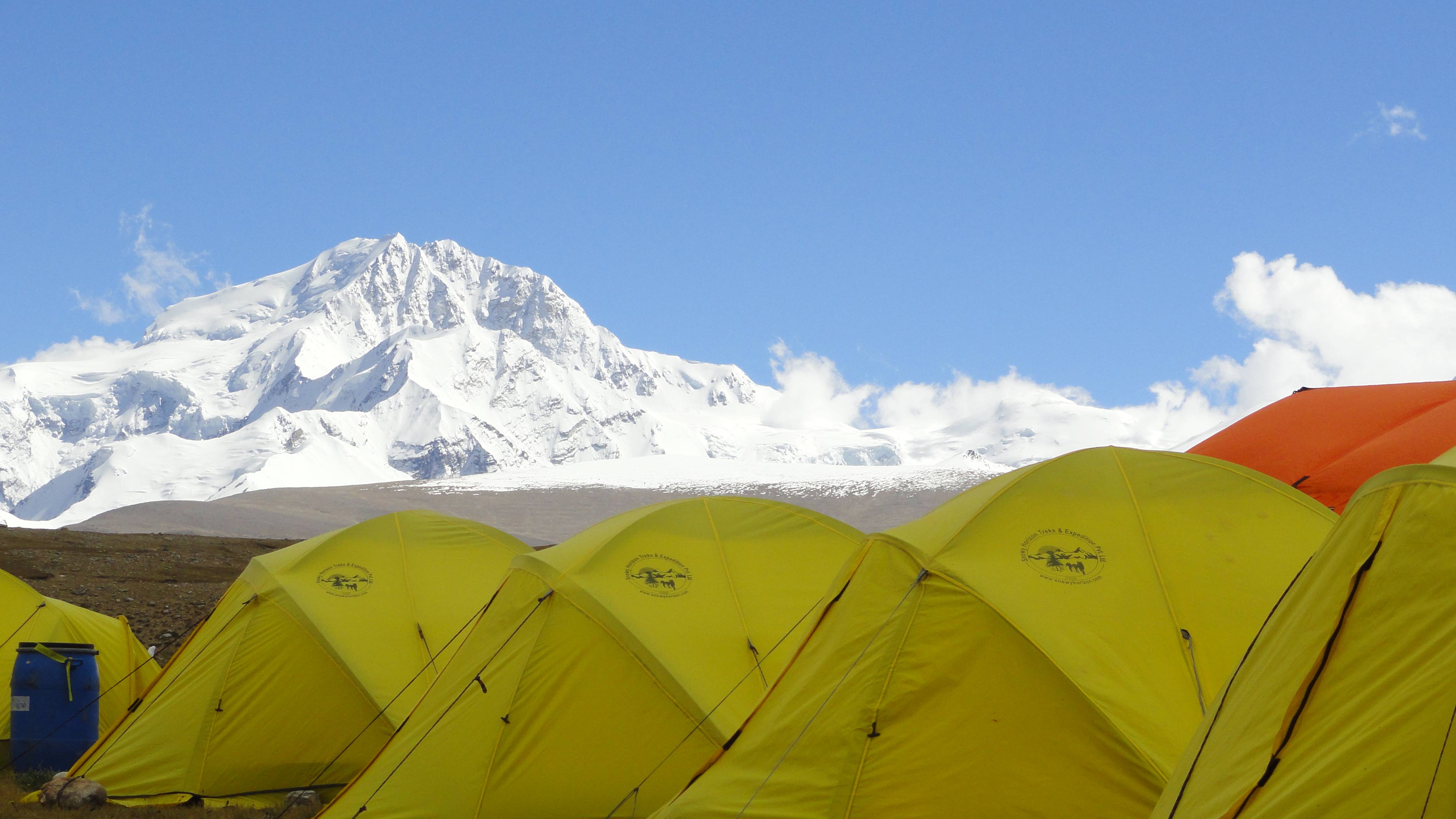Bhutan Discovery Excursion
Overview
Bhutan is a country which is nestled in the eastern Himalayas region. A great many saints, mystics, scholars, and pilgrims have visited the country over the centuries. They came for their personal elucidation and also blessed the land and its people with an invaluable spiritual and cultural legacy that has shaped every foundation of Bhutanese lives.
Bhutan is the neighbouring Himalayan country of Nepal, India, and Tibet—the autonomous state of China. The country is located in the eastern part of the Himalayas, which offers lots of tourist attractions related to nature, culture, and history. Paro, Thimphu, Punakha, etc. valleys are famous and beautiful wonders within Bhutan. Bhutan Discovery Excursion covers some of the best destinations and attractions of traditional heritages of Sakya Muni Buddhism Country. It is the best way to explore the natural beauty of each place, experience the tribal way of lifestyle, visit the monasteries, and pick up handicrafts of the Bhutanese religion.
It has always surprised visitors and guests to the country that the culture and the traditional lifestyle are still richly intact and to the degree to which it permeates all strands of modern-day secular life. From the traditional woven garments to the prayer flags on high mountain slopes. From the built environment to the natural environment. And from the religious mask dances to the folk dances, this cultural heritage is proudly palpable and offers a unique cultural setting.
Snowy Horizon has designed the trip for 4 Nights 5 Days Discovery of Bhutan Tour Packages with the association of our Bhutanese trade partner excluding the Nepal package starting from departing to Paro via Kathmandu and ending with vice versa. You can add Nepal Tour Packages of your own choice before or after the Bhutan tour or else have your free itinerary.
Important Note and Optional Activities:
Your safety is of paramount concern whilst traveling with the Snowy Horizon team. Please note that your leader has the authority to amend or cancel any part of the itinerary if they deem it necessary owing to safety concerns. We will carry out every effort to keep to the above itinerary; however, as this is adventure travel in a remote mountain region, we sometimes cannot guarantee it! Weather conditions, the health condition of a member, unexpected natural disasters, etc., can all contribute to changes in the itinerary. The leader will try to ensure that the trip runs according to plan, but please be prepared to be flexible if required.
OUTLINE ITINERARY
Day 1: Arrive at Paro & Paro-Thimphu (Distance: 54 km, estimated driving time: 1 hr)
Day 02: Thimphu-Punakha (Distance: 71 km, estimated driving time: 2 ½ hours)
Day 3: Punakha-Paro (Distance: 135 km, estimated driving time: 4 hr)
Day 4: Day Hike to Taktsang Ghoempa (Tiger’s Nest Monastery)
Day 5: Paro Departure
Day-to-Day Itinerary:
Day 1: Arrive at Paro & Paro-Thimphu (Distance: 54 km, estimated driving time: 1 hr)
Fly into Paro by Druk Air / Bhutan Airlines After completing your immigration formalities, our representative will receive you, who will be your tour guide throughout your adventure. Then drive to Thimphu, check into your hotel, and after refreshments visit the following:
Drive to Kuensel Phodrang and visit the tallest Buddha statue and enjoy the full view of Thimphu Valley below.
Craft Bazaar:
A one-stop place to witness Bhutanese culture and buy Bhutan-made art and craft products. The Bazaar in its 80 stalls covers all aspects of the traditional arts and crafts of Bhutan. At this, Bazaar craft workers and artisans from across the country display and sell their handicrafts. And also visit other handicraft stores.
Institute for Zorig Chusum
Commonly known as Arts & Crafts School or Painting School, the Institute offers a six-year course on the 13 traditional arts and crafts of Bhutan. On a visit, you can observe students learning the various skills taught at the school.
Textile Museum
The Royal Textile Museum Bhutan or Royal Textile Academy is a national textile museum. It is located very near the Taj Tashi Hotel and Authentic Handicraft shops. It was established in the year 2001. The Museum has a vast collection of antique textile artefacts. Weaving in Bhutan is the culture and tradition. RTA aims to preserve and promote this living art of Bhutan to international and domestic markets
Weekend Market
Every Saturday and Sunday, most of Thimphu’s scant population and many valley dwellers congregate on the banks of the river where the weekend market is held. It is an interesting place to visit and provides an opportunity to mingle with the local people.
National Sport of Bhutan (Archery )
One of the best places to witness a game of traditional and modern archery, which is a national sport of Bhutan. If you want to take some excellent pictures of archery matches, then this is one of the best places to be. Almost all the time there is a tournament being played.
Overnight stay at Thimphu
Day 02: Thimphu-Punakha (Distance: 71 km, estimated driving time: 2 ½ hours)
After breakfast, travel to Punakha through Dochula Pass (3140 m). In the clear spring sky, you can enjoy the panoramic view of the Himalayan Mountain ranges. Then pass by the beautiful 108 chortens built on the hill by Her Majesty Ashi Dorji Wangmo Wangchuck (Queen Mother of Bhutan) for the security and well-being of His Majesty, the King of Bhutan.
You will also visit Druk Wangyal Lhakhang (monastery) which was built by Ashi Dorji Wangmo Wangchuck (the Queen Mother of Bhutan) as a tribute to His Majesty the Fourth King of Bhutan, Jigme Singye Wangchuck, and armed forces after His Majesty led a successful operation against Indian militants who had occupied certain areas of Bhutan. The gallery of the Druk Wangyal Lhakhang has magnificent murals depicting some of the important events in the reigns of the Kings of Bhutan.
Then travel onto Punakha. Punakha has been inextricably linked to some of the most momentous events in Bhutanese history and deserves its reputation as one of the most beautiful and significant regions at the heart of Bhutanese culture. Punakha served as the capital of Bhutan from 1637 to 1907. The dzong is historically important and stands as the symbol of a unified Bhutan.
On the way, stop for lunch at Metsina village and then visit the Devine Madman’s Monastery-Chhimi Lhakhang, famously known for its fertility shrine, where one can receive a special fertility blessing.
Then visit the Punakha Dzong, located on the island of the Pho Chhu (Male River) and the Mo Chhu (Female River). The dzong was built in 1637 by Zhabdrung Ngawang Namgyal to serve as the religious and administrative seat of the region. At the dzong, you can see the highest standards in woodwork.
Drive to walk across the suspension bridge (about 200m long) through an absolutely fresh breeze and a fascinating view of Dzong.
Overnight at Punakha
Day 3: Punakha-Paro (Distance: 135 km, estimated driving time: 4 hr)
After breakfast, travel to Paro. On the way, visit the following:
Tamchog Lhakhang Bridge
Located on the other side of the river of the Thimphu - Paro highway, one needs to cross an iron chain suspension bridge to get to the Lhakhang.
About a 30-minute drive from Paro towards Thimphu City, Tamchog Lhakhang sits across the Paro River. An iron chain suspension bridge approaches the Lhakhang. A 13th-century Tibetan saint, Thangthong Gyalpo, constructed The Lhakhang and the bridge. The Buddhist saint was also a blacksmith and an architect. Of the many iron chain bridges built, there are only a few left that are still used. Crossing this old bridge can be a thrilling experience for tourists. We can observe some of the original iron chain links used to build this bridge on display in the National Museum in Paro.
Paro Airport Bird Eye View
Paro International Airport is the only international airport in Bhutan where you can reach Bhutan via air. It’s a small airport with a single runaway and no or very little international traffic. However, it’s considered one of the most dangerous airports for landing and also the most beautiful airport in terms of landscape and architecture. Hotel Check-in and later visit the national museum.
National Museum, housed in the Ta Dzong (watchtower). Here, an intriguing collection of artefacts provides a wonderful introduction to the rich culture and heritage of the Kingdom.
In the evening, stroll through Paro town and visit local handicraft stores.
Overnight at Paro
Day 4: A Day Hike to Taktsang Ghoempa (Tiger’s Nest Monastery)
After breakfast, hike up to Taktsang Monastery, also known as Tiger’s Nest. The walk up to the viewpoint will take about 1—1 and a half hrs depending on your fitness. From the View Point, you can enjoy a spectacular view of the monastery clinging to the side of the cliff. Stop for refreshments at the View Point Cafeteria. Then walk further up to the monastery, which will take about 1 hour. It is said that in the 8th century, Guru Rinpoche flew on the back of a tigress from eastern Bhutan to this place and meditated in a cave there for 3 months. The principal Lhakhang (monastery) of the present monastic complex dates from 1692. Taktsang was damaged severely by fire in 1998, but has now been fully restored to its former glory. After visiting the monastery, walk downhill back to the road on the way, stop for lunch at the viewpoint cafeteria, and then walk further downhill to the road point. Then drive to Drukgyel Dzong (fortress) which is situated on a ridge in the upper Paro valley which is a 30-minute drive north of Paro town. Drugyel Dzong also means “Fortress of Victorious Drukpas” which was built in 1649 by Zhabdrung Ngawang Namgyel. The Dzong had served as an important base for defence in the region until 1951, when it was destroyed by fire. The ruins of the Dzong continued to be protected as an important monument linking the people of Bhutan with the great events that contributed to maintaining the sovereignty of the country. Drukgyel Dzong was served solely for defensive purposes without administrative and religious functions, especially against external threats from the border.
The existing ruins of the Dzong are comparatively well preserved. One can without much difficulty understand or distinguish features of the complex. Although most of the timber components of the Dzong such as roof truss, door and window frames, and floors and ceilings are almost totally absent, a major portion of the stone and rammed earth wall structures are still standing. They provide visitors with an understanding of ideas and practices for defence in the olden times. The reconstruction of the fortress began in April 2016 after the command of His Majesty the King, to celebrate the birth of His Royal Highness the Gyalsey, to commemorate the arrival of Zhabdrung Ngawang Namgyal in 1616 AD, the birth year of Guru Rinpoche.
Overnight stay at Paro
Day 5: Paro Departure
After breakfast, we will drive to Paro Airport for the departure.
Day-to-Day Itinerary:
Day 1: Arrive at Paro & Paro-Thimphu (Distance: 54 km, estimated driving time: 1 hr)
Fly into Paro by Druk Air / Bhutan Airlines After completing your immigration formalities, our representative will receive you, who will be your tour guide throughout your adventure. Then drive to Thimphu, check into your hotel, and after refreshments visit the following:
Drive to Kuensel Phodrang and visit the tallest Buddha statue and enjoy the full view of Thimphu Valley below.
Craft Bazaar:
A one-stop place to witness Bhutanese culture and buy Bhutan-made art and craft products. The Bazaar in its 80 stalls covers all aspects of the traditional arts and crafts of Bhutan. At this, Bazaar craft workers and artisans from across the country display and sell their handicrafts. And also visit other handicraft stores.
Institute for Zorig Chusum
Commonly known as Arts & Crafts School or Painting School, the Institute offers a six-year course on the 13 traditional arts and crafts of Bhutan. On a visit, you can observe students learning the various skills taught at the school.
Textile Museum
The Royal Textile Museum Bhutan or Royal Textile Academy is a national textile museum. It is located very near the Taj Tashi Hotel and Authentic Handicraft shops. It was established in the year 2001. The Museum has a vast collection of antique textile artefacts. Weaving in Bhutan is the culture and tradition. RTA aims to preserve and promote this living art of Bhutan to international and domestic markets
Weekend Market
Every Saturday and Sunday, most of Thimphu’s scant population and many valley dwellers congregate on the banks of the river where the weekend market is held. It is an interesting place to visit and provides an opportunity to mingle with the local people.
National Sport of Bhutan (Archery )
One of the best places to witness a game of traditional and modern archery, which is a national sport of Bhutan. If you want to take some excellent pictures of archery matches, then this is one of the best places to be. Almost all the time there is a tournament being played.
Overnight stay at Thimphu
Day 02: Thimphu-Punakha (Distance: 71 km, estimated driving time: 2 ½ hours)
After breakfast, travel to Punakha through Dochula Pass (3140 m). In the clear spring sky, you can enjoy the panoramic view of the Himalayan Mountain ranges. Then pass by the beautiful 108 chortens built on the hill by Her Majesty Ashi Dorji Wangmo Wangchuck (Queen Mother of Bhutan) for the security and well-being of His Majesty, the King of Bhutan.
You will also visit Druk Wangyal Lhakhang (monastery) which was built by Ashi Dorji Wangmo Wangchuck (the Queen Mother of Bhutan) as a tribute to His Majesty the Fourth King of Bhutan, Jigme Singye Wangchuck, and armed forces after His Majesty led a successful operation against Indian militants who had occupied certain areas of Bhutan. The gallery of the Druk Wangyal Lhakhang has magnificent murals depicting some of the important events in the reigns of the Kings of Bhutan.
Then travel onto Punakha. Punakha has been inextricably linked to some of the most momentous events in Bhutanese history and deserves its reputation as one of the most beautiful and significant regions at the heart of Bhutanese culture. Punakha served as the capital of Bhutan from 1637 to 1907. The dzong is historically important and stands as the symbol of a unified Bhutan.
On the way, stop for lunch at Metsina village and then visit the Devine Madman’s Monastery-Chhimi Lhakhang, famously known for its fertility shrine, where one can receive a special fertility blessing.
Then visit the Punakha Dzong, located on the island of the Pho Chhu (Male River) and the Mo Chhu (Female River). The dzong was built in 1637 by Zhabdrung Ngawang Namgyal to serve as the religious and administrative seat of the region. At the dzong, you can see the highest standards in woodwork.
Drive to walk across the suspension bridge (about 200m long) through an absolutely fresh breeze and a fascinating view of Dzong.
Overnight at Punakha
Day 3: Punakha-Paro (Distance: 135 km, estimated driving time: 4 hr)
After breakfast, travel to Paro. On the way, visit the following:
Tamchog Lhakhang Bridge
Located on the other side of the river of the Thimphu - Paro highway, one needs to cross an iron chain suspension bridge to get to the Lhakhang.
About a 30-minute drive from Paro towards Thimphu City, Tamchog Lhakhang sits across the Paro River. An iron chain suspension bridge approaches the Lhakhang. A 13th-century Tibetan saint, Thangthong Gyalpo, constructed The Lhakhang and the bridge. The Buddhist saint was also a blacksmith and an architect. Of the many iron chain bridges built, there are only a few left that are still used. Crossing this old bridge can be a thrilling experience for tourists. We can observe some of the original iron chain links used to build this bridge on display in the National Museum in Paro.
Paro Airport Bird Eye View
Paro International Airport is the only international airport in Bhutan where you can reach Bhutan via air. It’s a small airport with a single runaway and no or very little international traffic. However, it’s considered one of the most dangerous airports for landing and also the most beautiful airport in terms of landscape and architecture. Hotel Check-in and later visit the national museum.
National Museum, housed in the Ta Dzong (watchtower). Here, an intriguing collection of artifacts provides a wonderful introduction to the rich culture and heritage of the Kingdom.
In the evening, stroll through Paro town and visit local handicraft stores.
Overnight at Paro
Day 4: A Day Hike to Taktsang Ghoempa (Tiger’s Nest Monastery)
After breakfast, hike up to Taktsang Monastery, also known as Tiger’s Nest. The walk up to the viewpoint will take about 1—1 and a half hrs depending on your fitness. From the View Point, you can enjoy a spectacular view of the monastery clinging to the side of the cliff. Stop for refreshments at the View Point Cafeteria. Then walk further up to the monastery, which will take about 1 hour. It is said that in the 8th century, Guru Rinpoche flew on the back of a tigress from eastern Bhutan to this place and meditated in a cave there for 3 months. The principal Lhakhang (monastery) of the present monastic complex dates from 1692. Taktsang was damaged severely by fire in 1998, but has now been fully restored to its former glory. After visiting the monastery, walk downhill back to the road on the way, stop for lunch at the viewpoint cafeteria, and then walk further downhill to the road point. Then drive to Drukgyel Dzong (fortress) which is situated on a ridge in the upper Paro valley which is a 30-minute drive north of Paro town. Drugyel Dzong also means “Fortress of Victorious Drukpas” which was built in 1649 by Zhabdrung Ngawang Namgyel. The Dzong had served as an important base for defence in the region until 1951, when it was destroyed by fire. The ruins of the Dzong continued to be protected as an important monument linking the people of Bhutan with the great events that contributed to maintaining the sovereignty of the country. Drukgyel Dzong was served solely for defensive purposes without administrative and religious functions, especially against external threats from the border.
The existing ruins of the Dzong are comparatively well preserved. One can without much difficulty understand or distinguish features of the complex. Although most of the timber components of the Dzong such as roof truss, door and window frames, and floors and ceilings are almost totally absent, a major portion of the stone and rammed earth wall structures are still standing. They provide visitors with an understanding of ideas and practices for defence in the olden times. The reconstruction of the fortress began in April 2016 after the command of His Majesty the King, to celebrate the birth of His Royal Highness the Gyalsey, to commemorate the arrival of Zhabdrung Ngawang Namgyal in 1616 AD, the birth year of Guru Rinpoche.
Overnight stay at Paro
Day 5: Paro Departure
After breakfast, we will drive to Paro Airport for the departure.
Full Board Service Cost : Please contact us by email or call us
Cost Include
- All meals, tea, and snacks (Full board meal).
- Government-approved required category hotels on twin sharing basis.
- All airport pickups and drops in Kathmandu and Paro.
- Ground transport in a comfortable private vehicle.
- Experienced English-speaking guides and local staff.
- All city tours with permits and entrance fees for museums and monuments.
- All government taxes.
- Bhutan Visa fee.
- Our service charges.
Cost Exclude
- Airfare to/from Paro, Bhutan (Tickets are arranged upon request).
- Items of a personal nature (personal gear, telephone calls, beverages, internet, laundry, etc.).
- Trip cancellation and Medical/Evacuation Insurance.
- Tips for Staff (guide and driver).
- Any other item not mentioned in the “Service Cost Includes” section.
Notes
- Cost defers on Hotel Category for Hotels in Bhutan.
- The itinerary is changeable and modifiable as per the needs and time frame of the clients.
- The cost will be re-calculated if the itinerary is changed or modified.
- Additional activities may be added as per request with nominal additional cost.
- For any kind of changes please contact us by email or call us.
- Grade: Easy
- Elevation: 3140 m
- Location: Bhutan
- Coordinates: 27.5142° N, 90.4336° E
- Estimation Cost: 0
- Season: All
- Duration: 5 days
- Group Size: 1-15
